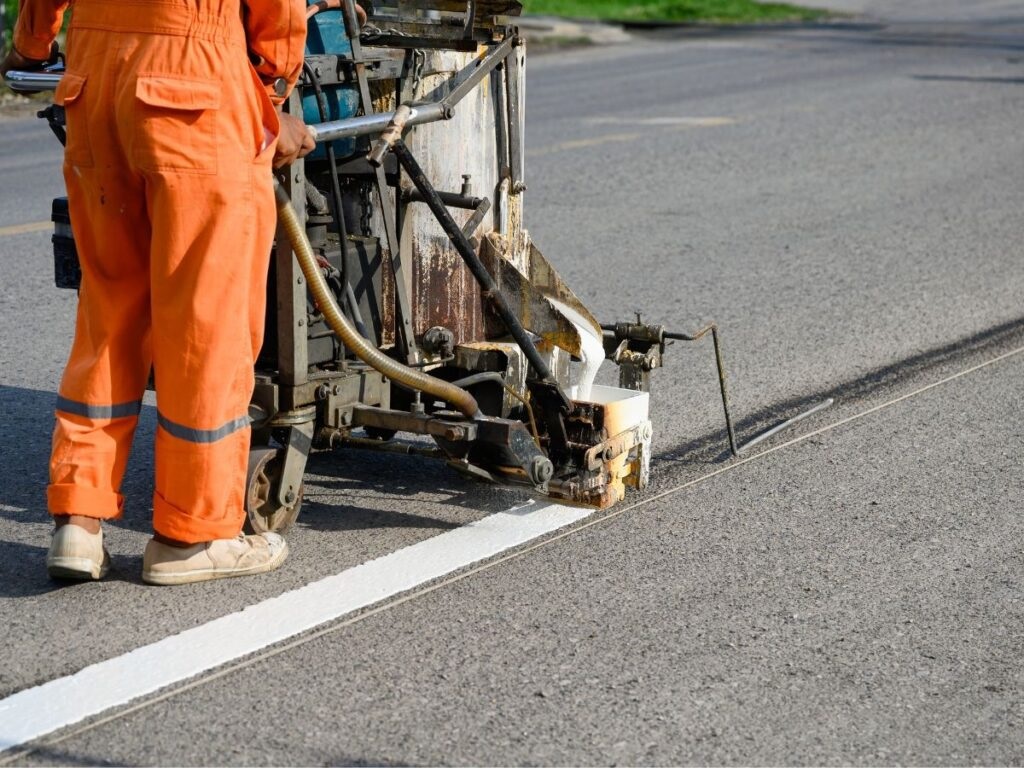Clear, visible pavement markings are essential for the safety, organization, and curb appeal of any commercial property. For decades, traditional traffic paint was the go-to solution. However, innovations have introduced a more durable and long-lasting alternative: thermoplastic striping. While paint still has its place, understanding when to invest in thermoplastic can save property owners significant time and money in the long run. The decision hinges on a careful evaluation of your property’s specific needs, primarily focusing on traffic levels, climate, and the overall scope of your project. Knowing about the thermoplastic striping vs paint would be essential here.
Paint vs. Thermoplastic: The Core Distinctions
Before making a choice, it’s crucial to understand the fundamental difference between the two materials. Standard traffic paint is a liquid, solvent- or water-based coating that dries by evaporation, forming a thin layer on the asphalt or concrete surface. It’s relatively inexpensive upfront and easy to apply. Thermoplastic, on the other hand, is a polymer-and-resin-based material that is solid at room temperature. It is heated to over 400°F (200°C) and applied as a thick liquid that fuses with the pavement surface as it cools. This process creates a much thicker, harder, and more durable marking that stands up to wear and tear.
When Durability is Non-Negotiable: Traffic and Climate Considerations
The most compelling case for thermoplastic striping is in high-traffic and harsh-climate areas. If your property includes busy entrances, exits, drive-thru lanes, or loading docks, standard paint will quickly fade and chip away under the constant friction of tires. Thermoplastic’s thick profile and strong bond make it highly resistant to this type of abrasion. Similarly, properties in regions with severe weather benefit immensely from thermoplastic. It withstands the scraping of snowplows far better than paint and is less susceptible to cracking during freeze-thaw cycles. Its superior composition also resists fading from intense UV exposure in sunny climates, keeping lines bright and visible for years.
Balancing Project Scope and Long-Term Value
Your project’s scope and budget are key factors. For a small, low-traffic lot or a temporary marking solution, the low initial cost of paint can be an attractive option. However, for large-scale projects like restriping an entire shopping center, office park, or apartment complex, thermoplastic offers a superior long-term value. While the upfront cost is higher, thermoplastic markings can last three to five times longer than paint. This translates to a lower total cost of ownership, as you’ll spend less on labor and materials for frequent re-applications. Furthermore, fewer disruptions to your business for maintenance is an invaluable benefit.


